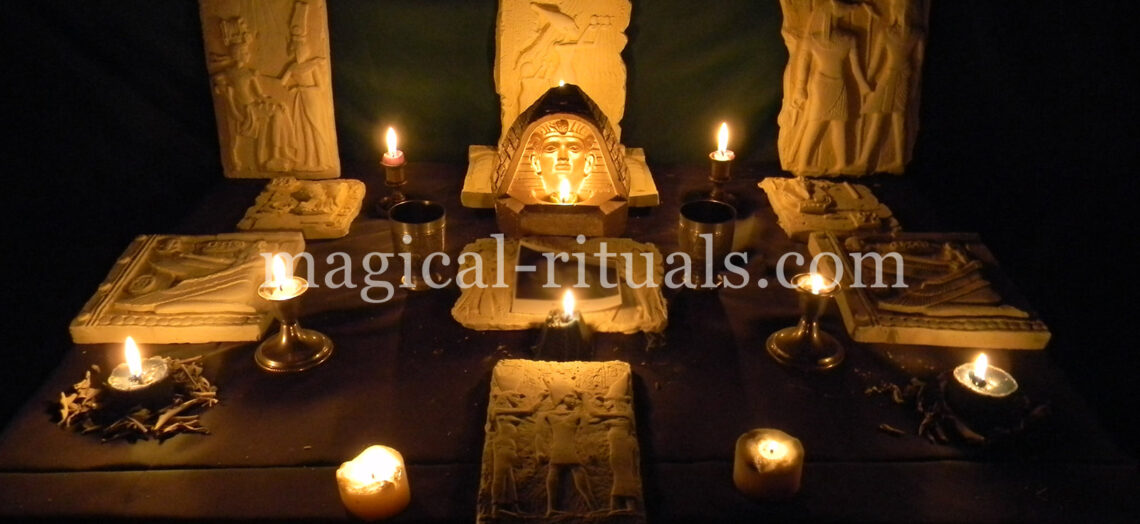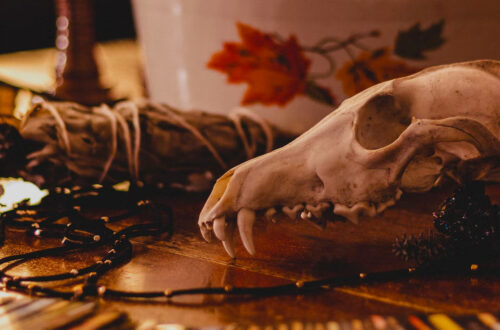
What are egyptian love spells?
Egypt, a land steeped in ancient mysticism and profound spiritual traditions, has a rich history of magical practices. Among the diverse array of mystical arts, Egyptian love magic stands out as a captivating blend of ritual, symbolism, and spiritual connection. In this exploration, we delve into the enigmatic world of Egyptian love magic, seeking to understand the rituals, deities, and symbols that wove a tapestry of romance in the lives of ancient Egyptians.
The roots of Egyptian love magic:
The practice of magic in ancient Egypt was deeply intertwined with religious beliefs and daily life. Love magic, a subset of this mystical tradition, was employed to attract romantic partners, strengthen existing relationships, and ensure fertility and prosperity within families. These rituals were often conducted by priests, priestesses, or individuals seeking the assistance of divine forces in matters of the heart.
Deities of love and passion:
Central to Egyptian love magic were the deities associated with love, fertility, and passion. Hathor, often depicted as a cow goddess, was a primary figure in love spells. As the goddess of love and music, invoking Hathor was believed to bring joy, sensuality, and harmonious connections. Another significant deity was Bes, a dwarf god associated with home, childbirth, and protection. Bes was often invoked in love spells to safeguard relationships and ensure fertility.
Rituals and spells:
- Invocation of deities: Love magic rituals often began with the invocation of deities associated with love and passion. Devotees would offer prayers, chants, and symbolic offerings to seek the favor of these powerful entities.
- Use of amulets and talismans: Egyptians believed in the protective and transformative powers of amulets and talismans. For love magic, charms adorned with symbols of love, such as hearts, knots, or images of Hathor, were commonly used to attract and enhance romantic energies.
- Love potions and elixirs: Love potions were crafted from a variety of natural ingredients, including herbs, flowers, and sacred oils. These concoctions were believed to infuse the drinker with the energies of love, making them more appealing to potential partners.
- Spell Jars and offerings: Spell jars filled with symbolic items, such as small figurines, herbs, and personal items, were often buried or placed in sacred spaces. Offerings of food, incense, and flowers were made to appease the deities and ensure their assistance in matters of love.
- Incantations and magical words: The spoken word held great power in Egyptian magic. Love spells involved the recitation of carefully crafted incantations and magical words believed to invoke the energies of love and desire.
Symbols in Love Magic:
- Ankh: The ankh, a symbol resembling a cross with a loop at the top, represented life and immortality. In love magic, the ankh was often incorporated to symbolize the eternal nature of love and the desire for a lasting connection.
- Lotus Flower: The lotus flower, a sacred symbol in Egyptian culture, represented purity and rebirth. In love spells, the lotus was used to symbolize the blossoming of love and the renewal of passion within a relationship.
- Eye of Horus: The Eye of Horus, a symbol of protection and healing, was sometimes employed in love magic to ward off negative influences and ensure the well-being of a romantic connection.
- Scarab Beetle: The scarab beetle, associated with transformation and regeneration, was used in love spells to symbolize the renewal and transformation of love energies within a relationship.
Conclusion:
Egyptian love magic, a captivating blend of ritual, symbolism, and spiritual devotion, provides a window into the ancient Egyptians’ profound connection to the forces of love and passion. In a society where the sacred and the mundane were intricately linked, love magic was a potent expression of the human desire for connection, romance, and enduring love. As we explore these ancient practices, we gain not only a glimpse into the lives of our predecessors but also an appreciation for the timeless pursuit of love that transcends cultural boundaries and spans the ages.




